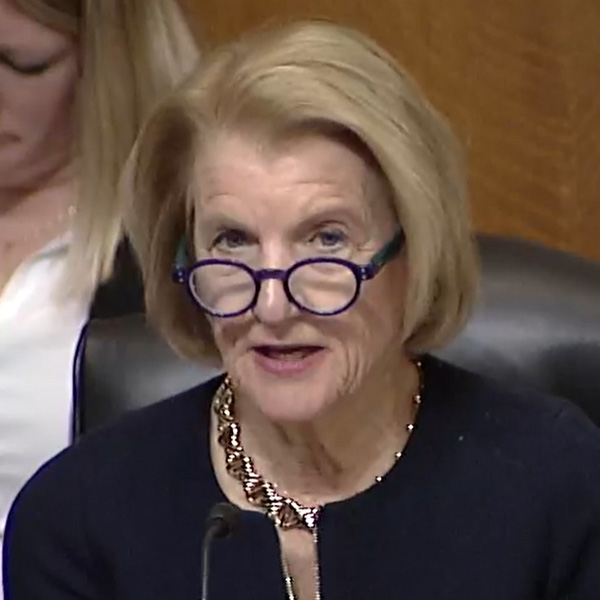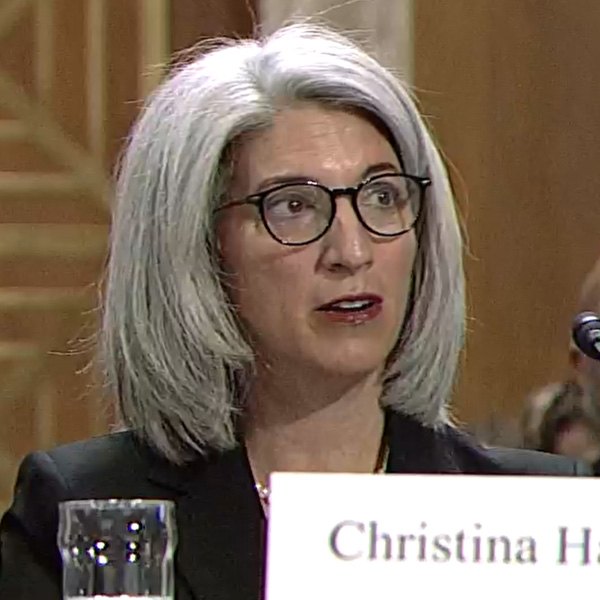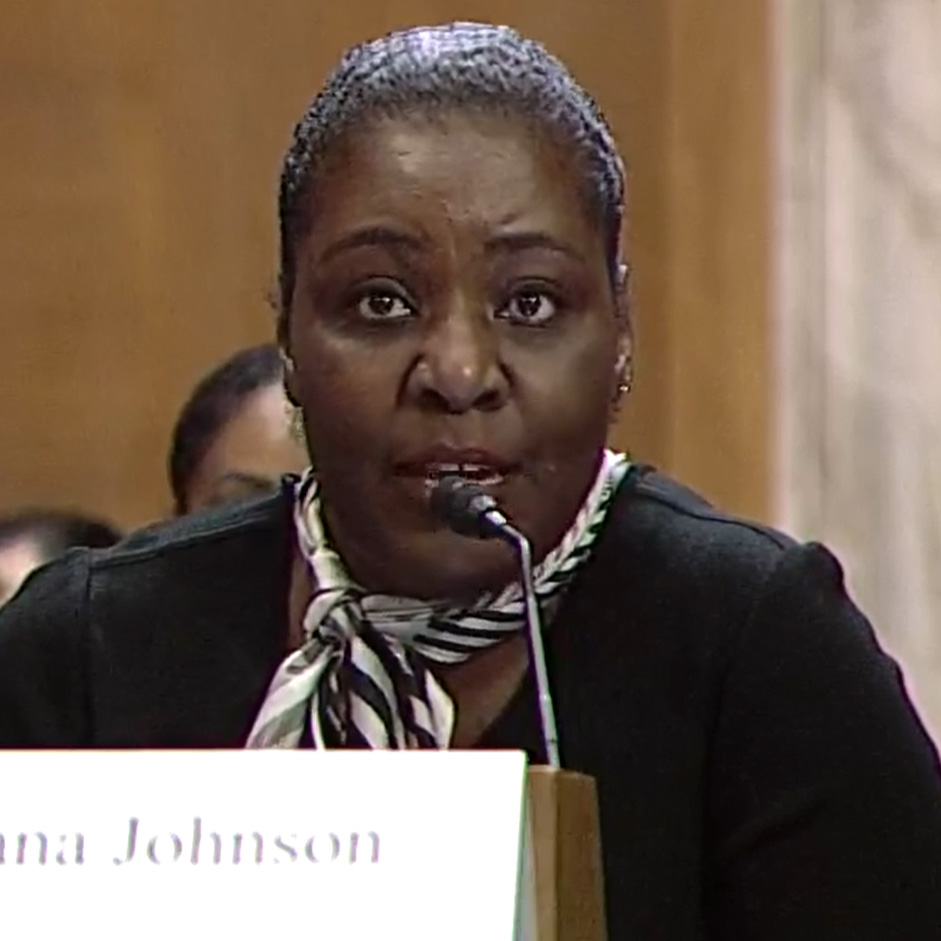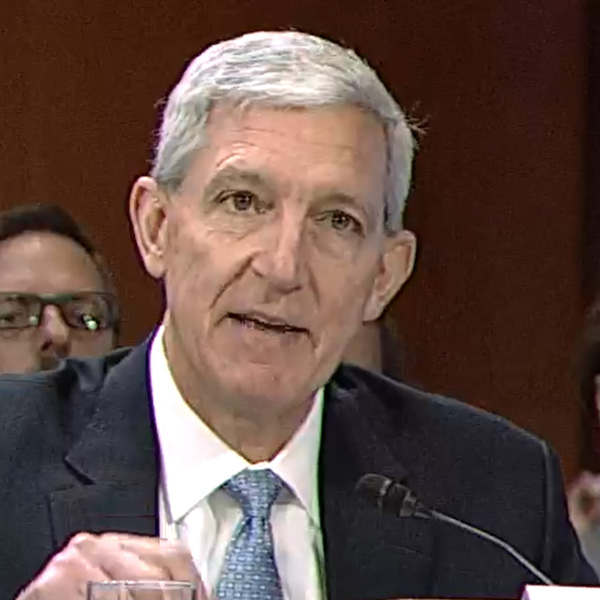CARMEL, Ind. — As it prepares to address long-term transmission needs in its South region, MISO is proposing to replace total subregional cost allocation in favor of a half-regional, half-local zone cost-sharing plan.
The 50-50 split to subregion and cost-allocation zones may eventually supersede the RTO’s current postage stamp cost allocation in place for the first two long-range transmission plan (LRTP) portfolios. The new allocation methodology would take effect in regional transmission plans for MISO South, comprised mostly of Entergy operating companies.
MISO says assigning half the costs to a subregion “considers broadly spread benefits and accounts for changing beneficiaries over time.” Allocating the other half to cost-allocation zones is a more granular approach and “may account for differing policy given the mapping of zones.”
The grid operator’s zonal boundaries mostly follow state lines and divide the footprint into a dozen zones, which can contain multiple transmission-pricing zones.
During a cost allocation working group meeting Tuesday, MISO’s Milica Geissler said the RTO is aiming for an allocation that’s “reflective of the portfolio in front of us.”
MISO said it will refine and test its proposed design over the coming months. Geissler said staff are open to suggestions that would adjust the 50-50 split.
Geissler said her presentation should be construed as an “introductory first step.” She said she envisions staff and stakeholders building on the proposal through the summer so there’s a cost allocation direction by the end of the year.
“I think we’re going in with an open mind and seeing what ideas shape up,” Geissler said. “Our intent is not to prove out a 50-50 split. That’s the one thing I’m interested in learning about the most: what the split needs to be.”
The first round of stakeholders’ written feedback to the plan are due May 12.
Geissler said MISO always has the option to add a footprint-wide allocation construct in the future. She said the half-and-half approach is custom-built for the LRTP’s third cycle of projects.
MISO said its proposal won’t disturb the 100% postage stamp rate to load used for the first two LRTP portfolios in the Midwest region.
MISO has said it’s targeting a FERC filing in early 2024 to modify its current postage stamp cost-allocation methodology for the final two LRTP portfolios. Stakeholders have long expressed interest in an allocation that more precisely reflects how transmission benefits are dispersed.
Stakeholders Split Over Plan
Stakeholders didn’t appear quite sold on the allocation plan’s first draft.
Sustainable FERC Project attorney Lauren Azar said disparate allocations for the same class of LRTP projects doesn’t “jive” with FERC’s Order 1000, which requires identical project types be assigned identical allocations. She asked whether MISO would create a separate classification for projects in MISO South.
Staff said they haven’t considered creating a new project category.
Azar also said that a 50-50 regional-zonal split is not as accurate an allocation as a blanket postage stamp rate that better captures benefits over time. She offered to explain the advantages of postage stamp allocations during an upcoming cost-allocation meeting.
MISO’s environmental sector, one of 11 stakeholder divisions, is advocating the continued use of a postage stamp rate. Its members say that is the best way to share project costs as beneficiaries change and reliability benefits remain tricky to quantify into dollar values.
Bill Booth, a consultant to the Mississippi Public Service Commission, said he wants projects justified through measurable benefit metrics, not hypothetical ones. He also suggested allocations should be tailored to states’ differing decarbonization goals.
“I’m suggesting that some states might place different values on decarbonization,” Booth said. “I don’t think MISO can snap a cookie-cutter approach on this.”
He said FERC already has acknowledged in accepting the grid operator’s first LRTP cost-allocation design that MISO will propose a different methodology for MISO South projects. In its order, the commission said the postage stamp rate is an appropriate tool under Order 1000 and is considered in effect for MISO South. It also said it wouldn’t speculate on possible replacement allocations MISO may file in the future. (See FERC OKs MISO’s Bifurcated Cost-allocation Tx Design.)
In its filings to FERC, the Mississippi PSC said it would protest a postage stamp rate as not specific enough were it applied to Southern projects.
The Union of Concerned Scientists’ Sam Gomberg advised MISO against allowing states to back out of select LRTP benefit metrics, depending on their policies.
“I would caution MISO against wandering into that very dense forest,” he said.
Gomberg said the emissions-reduction component of decarbonization goals have “very, very real benefits that save lives, whether you want to admit that or not.”
Southern Renewable Energy Association Executive Director Simon Mahan asked whether a third cycle of LRTP projects will even occur, alluding to the $3.6 billion of reliability projects MISO South put forward as part of this year’s regular transmission planning effort. Those projects might negate the need for some LRTP projects. (See Initial MTEP 23 Ignites Familiar Arguments over MISO South’s Reliability Spending.)
Jeremiah Doner, director of cost allocation and competitive transmission, said MISO remains committed to proposing projects for its South region under the LRTP process.
Werner Roth, an economist with Texas’ Public Utility Commission, said he was disappointed that MISO revealed a first draft on the new cost allocation while the Organization of MISO States is still weighing other approaches.
OMS is in the middle of collecting and reviewing stakeholders’ suggestions on MISO’s proposal.
Roth also said he didn’t see a “generator-pays” component to the proposed allocation, something that multiple MISO states have conveyed interest in.




